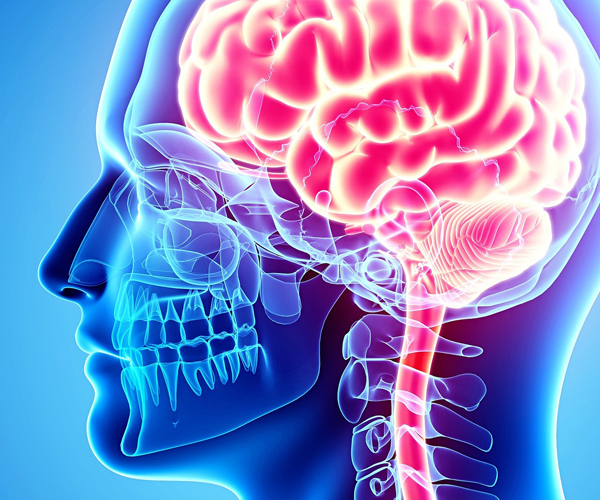

That it lost the ability to repair itself andīecause it turns out that its very sophisticationĬan at times be the source of a unique kind of healing… That during evolution it became so complex Lancet Neurology They thought that the brain You can read a lot about it in this book. Doidge’s passion for healing might be expected, given his own medical training as a psychiatrist and psychoanalyst but, as he says, “the true marvel is…the way that the brain has evolved, with sophisticated neuroplastic abilities and a mind that can direct its own unique restorative process of growth”.

Each extraordinary story features an extraordinary doctor with their own extraordinary experience.

With unassuming respect for all he observes, Doidge profiles the pioneers and practitioners of neuroplastic therapy and healing…. His second book, The Brain’s Way of Healing, focuses on how brains damaged from birth, or by illness or injury can gain or regain some or all cognitive and motor functionality through neuroplasticity…. In Doidge’s first book, The Brain That Changes Itself, he introduced the idea that the brain has plastic properties. Ramachandran M.D., Ph.D., Neurologist, Neuroscientist, and author of “The Tell-Tale Brain,” Director of the Center for Brain and Cognition, University of California, San Diego The book is a treasure-trove of the author’s own deep insights and a clear bright light of optimism shines through every page.” V.S. Drawing on the last three decades of research, Doidge challenges this view, using vivid portraits of patients and their physicians. Neurology used to be considered a depressing discipline with patients often displaying fascinating but essentially untreatable symptoms and disabilities.


 0 kommentar(er)
0 kommentar(er)
